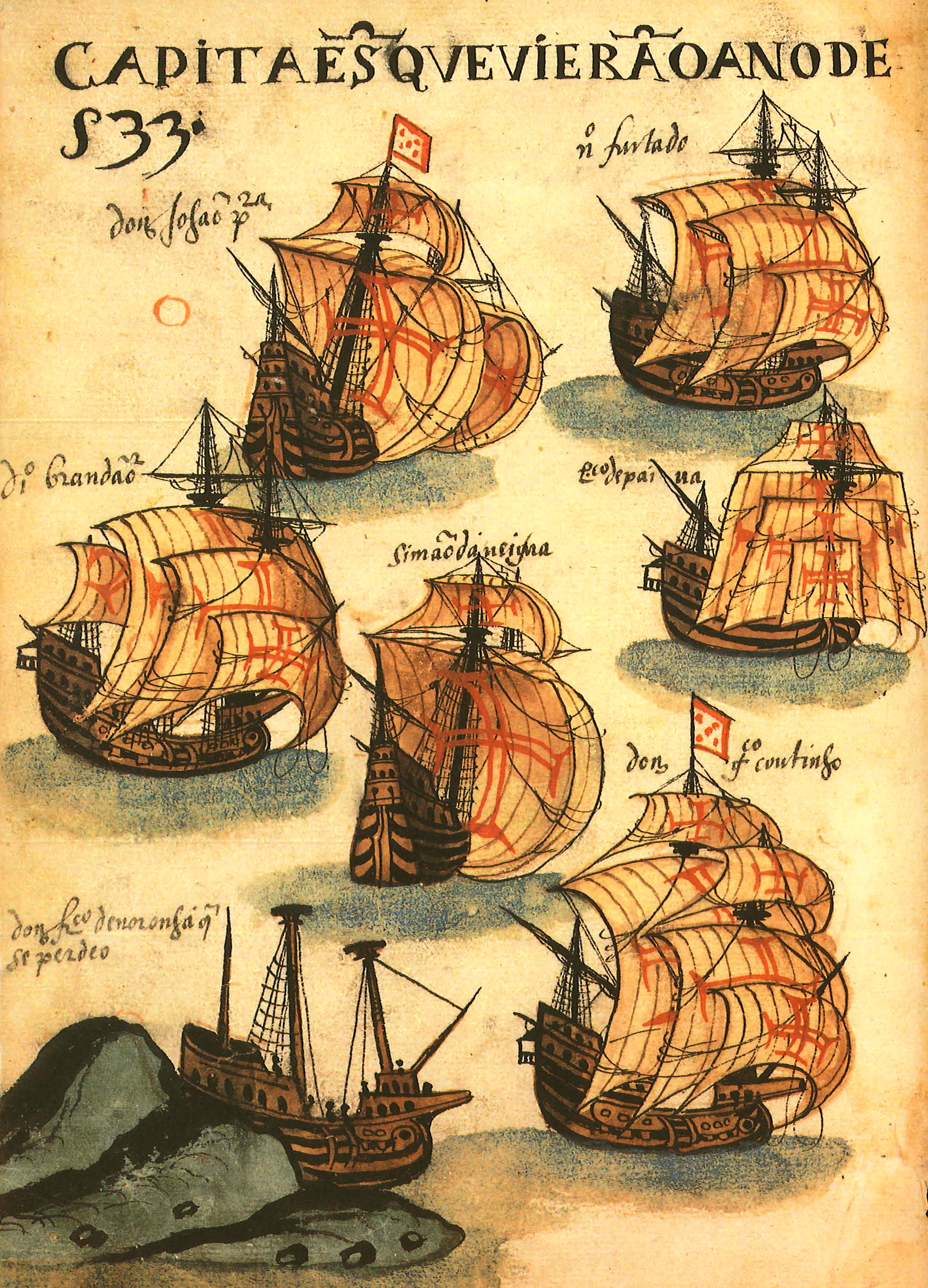Bom Jesus (1533)
Dieter Noli, Alexandre Monteiro, and Filipe Castro
Country: Namibia
Place: Oranjemund
Coordinates: Lat. ; Long.
Type: Nau
Identified: Yes
Dated: 1533 (Historical accounts)
Introduction

Bom Jesus left Lisbon in early March 1533 bound for India in the fleet of D. João Pereira, which was composed of seven ships: D. João Pereira’s ship, name unknown, and the naus Santa Bárbara (captain Lourenço de Paiva), Santa Clara (captain Diogo Brandão), nau (or navio) Cirne (captain D. Gonçalo Coutinho), São Bartolomeu (capitain Nuno Furtado de Mendonça), São Roque (captain Simão da Veiga), and Bom Jesus (captain D. Francisco de Noronha).
Watch Judith Sealy, “Lost on the turn of the Cape of Good Hope” ArchSoc WC, 9 February 2021.
Team
The site was found in April 2008 during mining operations and surveyed and reported by Namdeb archaeologist Dieter Noli. Its importance was immediately acknowledged by the mine administration and the Namibian government, and Dieter Noli invited Dutch/South African colleague Bruno Werz to assist with the excavation of the site. A Portuguese team – Francisco Alves and Miguel Aleluia – was trusted with the study of the ship remains and recorded a small portion of the timbers.
Ballast
The ballast pile was a large mound of pebbles but it was not measured, nor was its weight estimated.
Anchors
There were
Guns
N
Iron Concretions
Iron concretions adhering to the rocky bottom were ubiquitous, sometimes easy to identify – as in the case of fasteners, swords, or muskets – and sometimes more difficult to interpret.
Hull remains
Part of the hull structure was preserved, but there is no final site plan and it is impossible to describe all the preserved structural elements.
Archeologové a historici jsou odborníci, kteří se dobře vyznají ve studiu minulosti. Jejich práce často spočívá v pátrání ve starých artefaktech, dokumentech a dalších historických pramenech, aby odhalili tajemství minulosti. Ačkoli se to nemusí zdát jako povolání, které by mělo nějakou souvislost s hrami v mobilním kasinu https://online-casinocz.com/mobilni-casino/, ukazuje se, že archeologové a historici jsou v těchto hrách známí jako vynikající hráči. Velkou výhodou jsou analytické schopnosti, které tito odborníci mají. Archeologové a historici jsou vyškoleni k hledání vzorců a souvislostí v objevených informacích, což může být cenným přínosem při hraní mobilních kasinových her, které vyžadují strategii a dovednosti. Archeologové a historici jsou navíc často zapálení pro učení a objevování nových věcí. Tato zvědavost a touha po poznání se může promítnout do touhy objevovat a zvládat nové hry a výzvy, což z nich dělá ideální kandidáty pro hraní v mobilním kasinu.
Size and scantlings
The size of the Oranjemund shipwreck was not estimated. the scantlings measured are presented in the table below.
Table 1. Scantling of the timber remains of the Oranjemund Shipwreck
| Timber | Sided
[cm] |
Molded
[cm] |
| Keel | ||
| Sternpost | ||
| Floor timbers | ||
| Room-and-space | ||
| Planking |
Caulking
A number of lead straps with tack holes were evident allover the site, with the typical shapes used to cover the timber’s seams, and some twisted lead strings were also present, suggesting the same type of caulking used on the 1606 Nossa Senhora dos Mártires.
Fasteners
All fasteners seemed to be iron spikes with square shanks, and bolts.
Wood
No samples were taken for dendrochronology or species identification.
Reconstruction
Beam: Estimated m
Keel Length: Estimated m
Length Overall: Estimated m
Number of Masts: Unknown
Deliverables
Roff Smith from National Geographic published an article on this shipwreck, and Dieter Noli published a book – with Wolfgang Knabe – about this shipwreck and kept notes for a possible exhibition.
Francisco Alves and Bruno Werz also published a series of papers and reports, and a team of South African archaeologists coordinated by Shadreck Chirikure published an excellent paper on the material culture found on this site.
A number of videos and articles were published at the time of this archaeological find.
References
Alves, F., 2008. Relatório da participação do Governo Português (…) em Oranjemund, Namibia. Unpublished Report.
Alves, F., 2009. O navio português do século XVI de Oranjemund, Namíbia. Trabalhos da DANS, No. 45.
Alves, F., 2009. The 16th century Portuguese shipwreck of Oranjemund, Namíbia. Trabalhos da DANS, No. 45.
Alves, F., and Aleluia, M., Oranjemund shipwreck, namibia. The Portuguese participation in the 2nd field season excavation (August-September 2008). Documentos de Trabalho IGESPAR No. 1.
Chirikure, S., Sinamai, A., Goagoses, E., Mubusisi, M., and Ndoro, W., 2010. “Maritime Archaeology and Trans-Oceanic Trade: A Case Study of the Oranjemund Shipwreck Cargo, Namibia,” Journal of Maritime Archaeology, 5: 37-55.
Knabe, W., and Noli, D., 2012. Die Versunkenen Schatze der Bom Jesus. Berlin: Nicolai.
Pereira, J. Malhão, 2009. The Portuguese Wreck in Namibia. Some Nautical Comments. Unpublished Report.
Smith, R., 2009. “Shipwreck i the Forbidden Zone,” National Geographic Magazine, October.
Thomaz, L., 2014. Oranjemund Coins. Lisbon: Imprensa Nacional Casa da Moeda.
Werz, B., 2008. The Oranjemund Shipwreck Project. Phase 2 Excavation Report. Unpublished Report.
Werz, B., 2009. “The Oranjemund shipwreck, Namibia. The excavation of
sub-Saharan Africa’s oldest discovered wreck,” Journal of Namibian Studies 6: 81-106.
Werz, B., 2010. “Sub-Saharan Africa’s oldest shipwreck: historical-archaeological research of an early modern-era Portuguese merchantman on the Namibian coast,” Mariner’s Mirror, 96.4: 430-442.
Werz, B., 2015. “Saved from the sea: the shipwreck of the Portuguese merchant vessel the Bom Jesus (1533) and its material culture,” in A. Jordan Gschwend & K.J.P. Lowe (eds.) The Global City. On the streets of Renaissance Lisbon.London: Paul Holberton Publishing.
